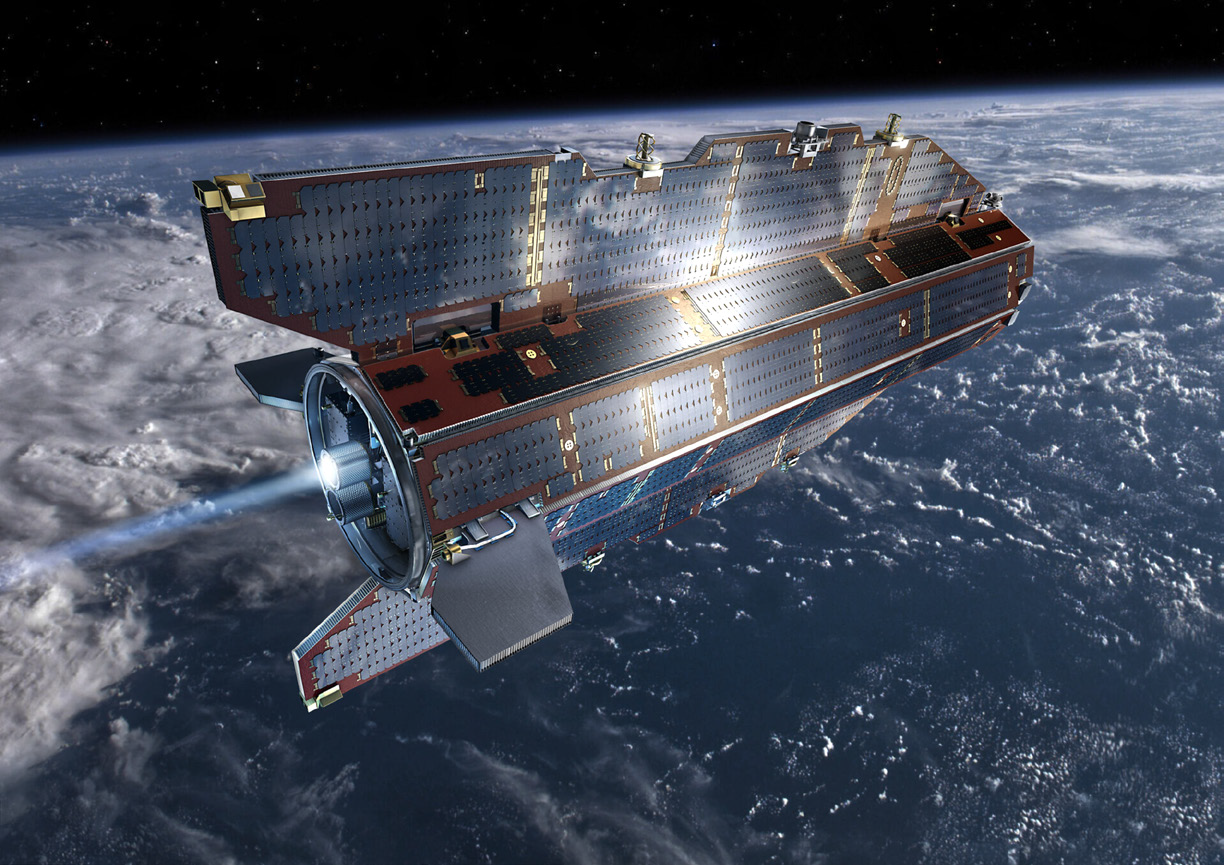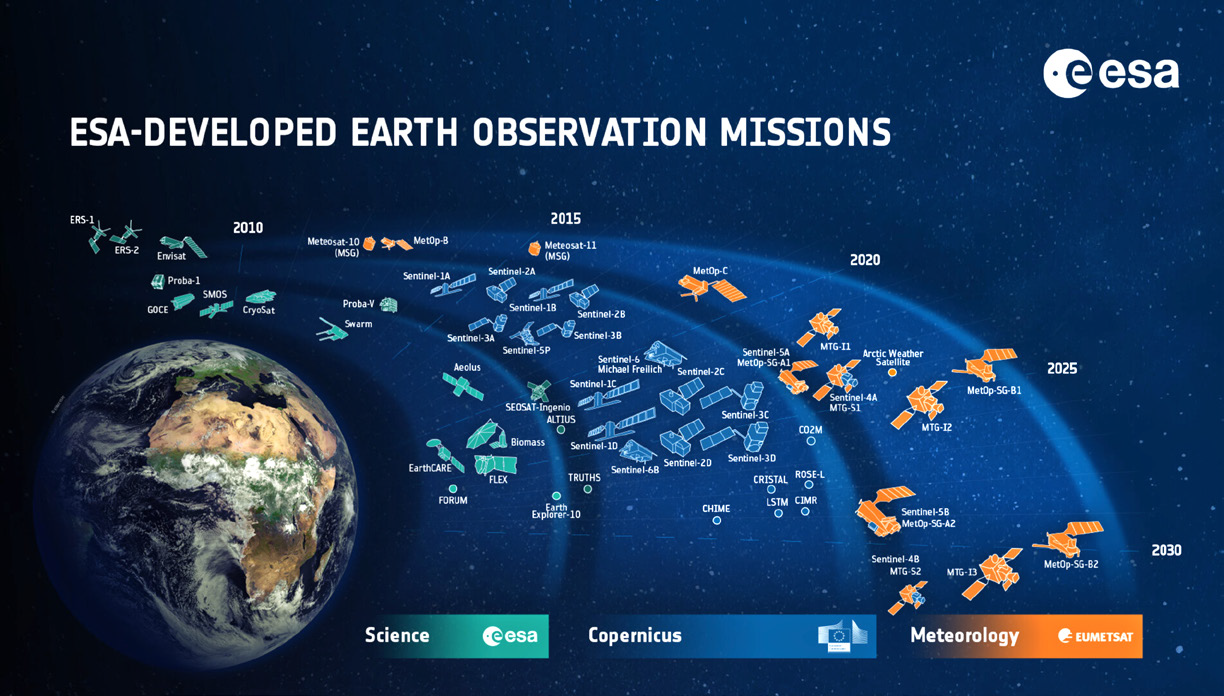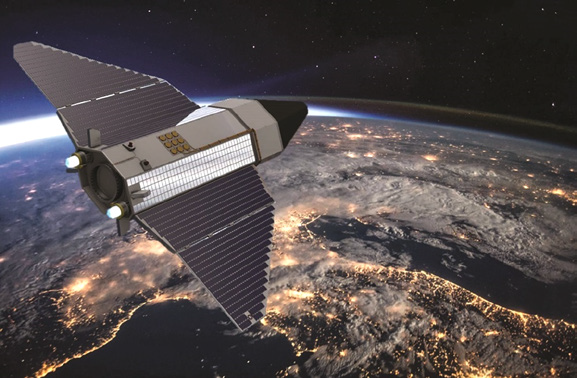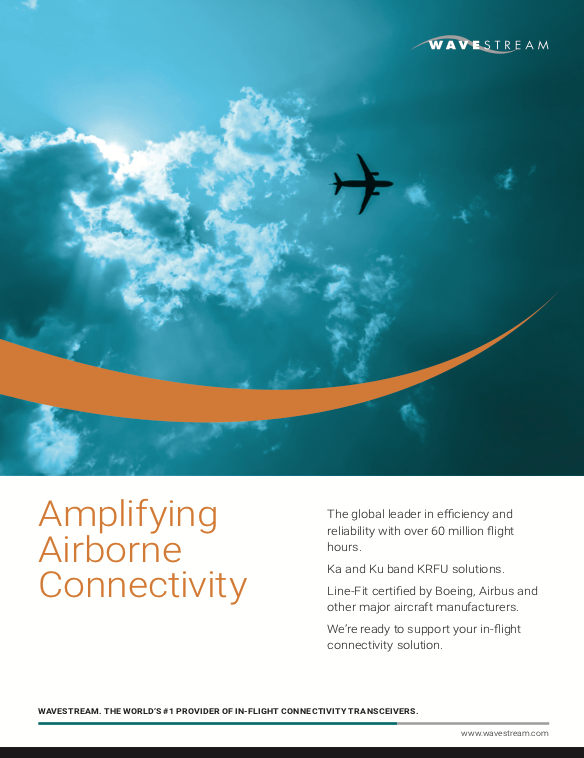The European Space Agency (ESA) is using an image of a giant spacecraft covered in solar panels, but without the usual solar arrays and operating in Low Earth Orbit (LEO), as a teaser for the agency’s VLEO (Very Low Earth Orbit) ‘new ideas’ scheme.

Artistic rendition of the ESA Starship, courtesy of the agency.
“ESA wants to unleash the potential of Very Low Earth Orbits: [and] calls for innovative missions, concepts, technologies and applications. With this campaign we are looking for new mission and satellite design concepts, innovative operational concepts and applications, technology developments specific to Very Low Earth Orbits. Concepts could cover any space domain or application.” — Josef Aschbacher, Director General, ESA
Aschbacher added that ESA is interested in supporting ideas for novel concepts and technologies.
ESA explained that VLEO, situated at an altitude between 100 and approximately 450 km (most commonly 250-350 km) is becoming increasingly attractive for both commercial and scientific endeavours. It is easier to get to, requires fewer resources for communications and allows for smaller payloads. For example, high resolution imaging can be achieved for Earth Observation (EO) with smaller satellites and optics than in the higher orbits.
Despite the proliferation of Starlinks, Kuipers, Lightspeeds and OneWebvconstellations, ESA said VLEO is relatively safe from collisions with space debris, as objects naturally decay and re-enter Earth’s atmosphere at an accelerated rate, due to residual drag. The more benign radiation environment makes it possible to use terrestrial grade, general purpose electronic components. Indeed, VLEO maynbecome attractive for a variety of low cost systems or constellations, given the lower launch cost and higher versatility in launch options, such as micro-launchers and on-orbit transfer vehicles.
However, as most SatMagazine readers know, operating at these ultra-low, LEO orbits comes with challenges, such as shortened lifespans due to residual atmosphere, active orbit maintenance, surface erosion from atomic oxygen and short communication windows.
To better understand VLEO and the opportunities it offers, ESA is launching a Call for Ideas, looking for new, innovative ways to take advantage of the unique characteristics of VLEO and how best to mitigate their challenges. The call is run by the Discovery element of ESA’s Basic Activities through the Open Space Innovation Platform (OSIP), together with the General Support Technology Programme (GSTP), Incubed, Artes and ScaleUp.

“The Call is driven by the vision of ESA’s Agenda 2025, which calls for Europe to step up its role in space and help create new markets for space technologies that facilitate access to space, reduce launch and operational costs and serve green agendas. Sustainability is a particularly important element for ESA activities, as outlined by the Space for a Green Future Accelerator.”— Leopold Summerer, Head of ESA’s Advanced Concepts and Studies Office.
The call is driven by the vision of ESA’s Agenda 2025, which calls for Europe to step up its role in space and relatively safe from collisions with space debris, as objects naturally decay and re-enter Earth’s atmosphere at an accelerated rate, due to residual drag. The more benign radiation environment makes it possible to use terrestrial grade, general purpose electronic components. Indeed, VLEO may become attractive for a variety of low cost systems or constellations, given the lower launch cost and higher versatility in launch options, such as micro-launchers and on-orbit transfer vehicles.

ESA explained, “VLEO offers a number of attractive properties for space applications, in comparison with higher altitudes LEOs. Low power and possibly low latency communication options, high resolution EO systems with small payloads, natural resiliency to debris build-up, are just a few advantages. VLEO may become attractive for a variety of low-cost systems or constellations given the lower launch cost and higher versatility in launch options, such as micro-launchers and on-orbit transfer vehicles. Furthermore, the more benign radiation environment widens the opportunities for use of terrestrial grade, general purpose, electronic components.”
ESA stated the agency is particularly looking for novel and innovative ideas for...
• New missions and system concepts for which VLEO is an enabling factor, or a significant improvement with respect to operations from a LEO orbit. These could involve single missions, constella- tions or swarms, and cover any of the current or potential future space domains.

Thales Alenia Space’s Skimsat that is designed to
operate in VLEO.
• New technology development activities specific to VLEO, such as atmospheric-breathing propulsion, protective materials and coat- ings, GNC approaches and methods for aerodynamic interactions and control. Technologies for missions involving re-entry and possi- ble re-use of space assets are also an area worth to be investigated.
• Research activities specific to better understand VLEO challenges and opportunities.
“In line with Agenda 2025, we welcome ideas for activities with a commercialisation potential and encourage idea submitters to include a description of such potential in the idea formulation,” said ESA.
The submission documents stress that it is “innovation” that is key, and tied with the potential value derived from such innovation across different angles (e.g., low cost, agility, autonomy, versatility on multi-purpose applications, scientific return), including an eventual business model, where applicable.
Recently, the European Commission (EC) funded under its EXCELLENT SCIENCE - Future and Emerging Technologies (FET) the DISruptive teChnOlogies for VERy low Earth oRbit platforms (DISCOVERER) activity, led by the University of Manchester, resulting in the 1st Symposium of Very Low Earth Orbit Missions and Technologies and 8 direct peer reviewed publications.
EO from VLEO gives the possibility to achieve high ground resolution with compact optical systems, thereby opening possibilities for a new breed of remote sensing instruments and observation concepts. ESA also stated do not ignore Highly Eccentric orbits with perigee at a few hundred kilometers as they may combine the benefits of VLEO with the reduced atmospheric drag at higher altitudes and longer communication time at apogee.
The call for ideas also mentions atmospheric-breathing propulsion systems that are among the pioneering technologies crafted for VLEO operations. These new solutions combine atmospheric intake with electric propulsion, resulting in enhanced engine efficiency and extended mission duration. Additionally, novel aerodynamic materials have been developed to minimise atmospheric drag and prevent erosion caused by atomic oxygen, thereby prolonging the platform’s lifespan in VLEO. ESA already has submissions and plans on discussing submissions on November 19th and initiating the review of proposals on November 26th.
www.esa.int

Author Chris Forrester is the Senior Columnist and Contributor for SatNews Publishers and is a well- known broadcasting journalist and industry consultant. He reports on all aspects of broadcasting with special emphasis on content, the business of television and emerging applications.


